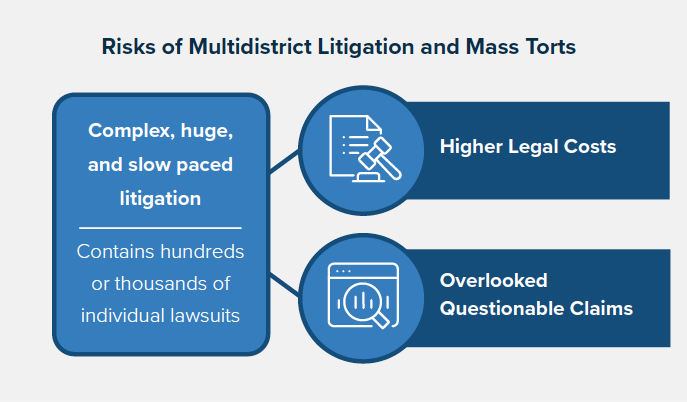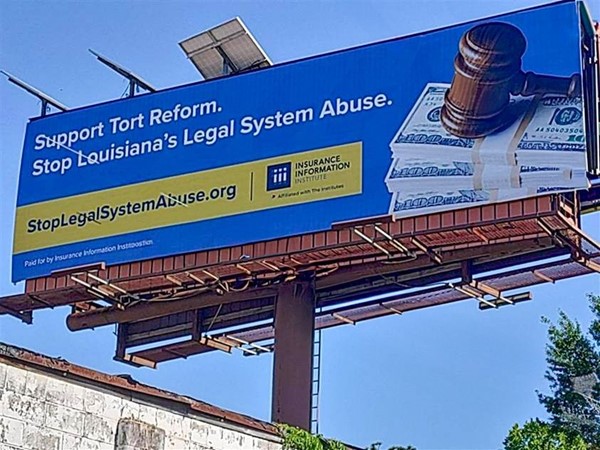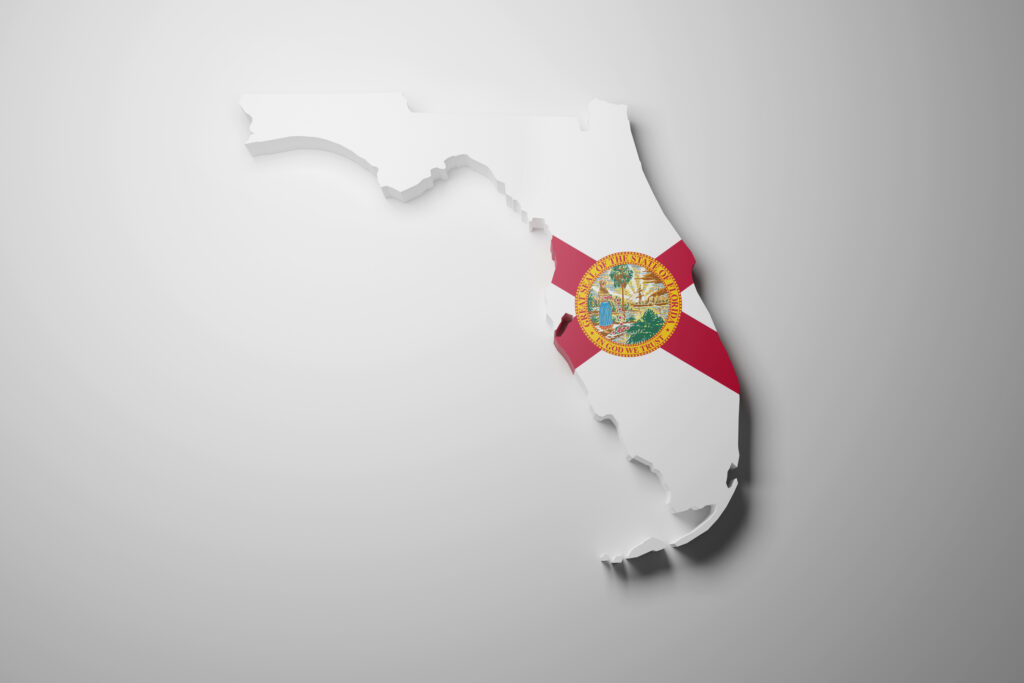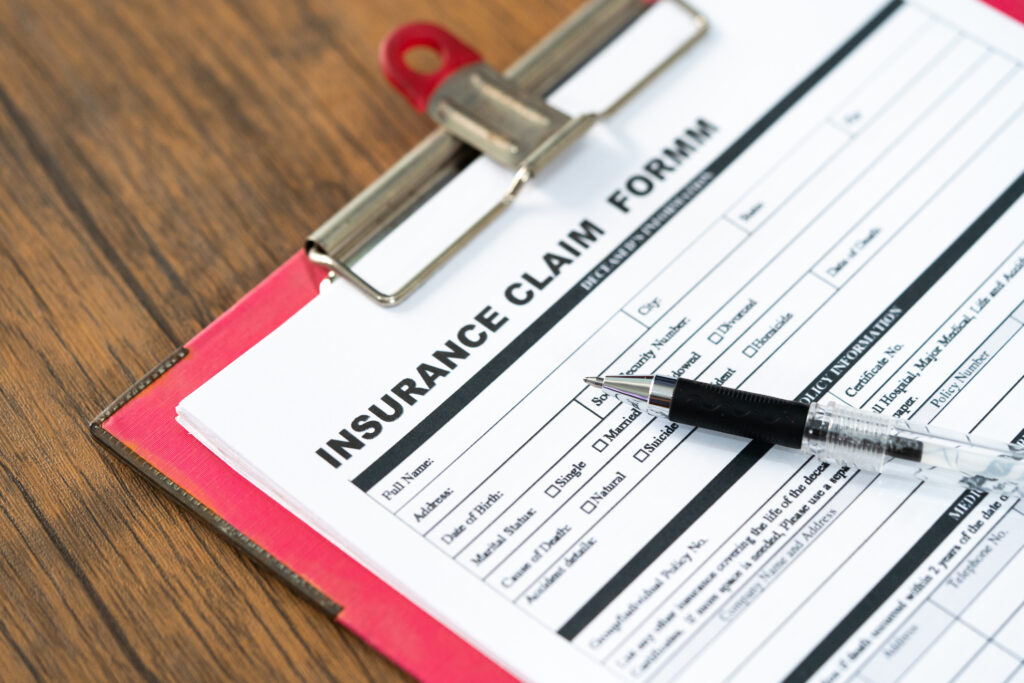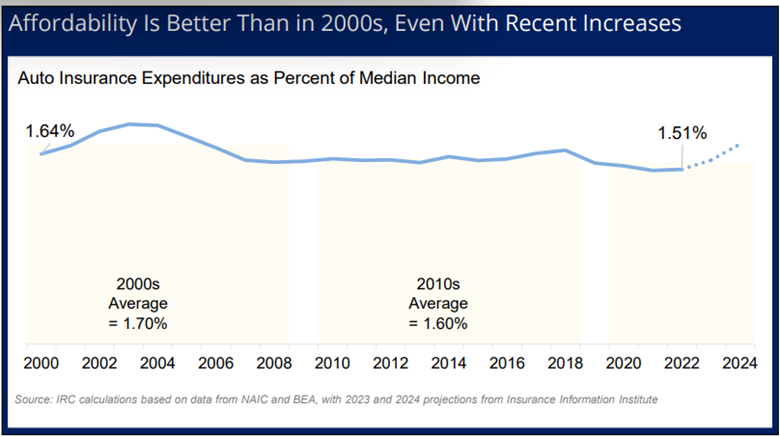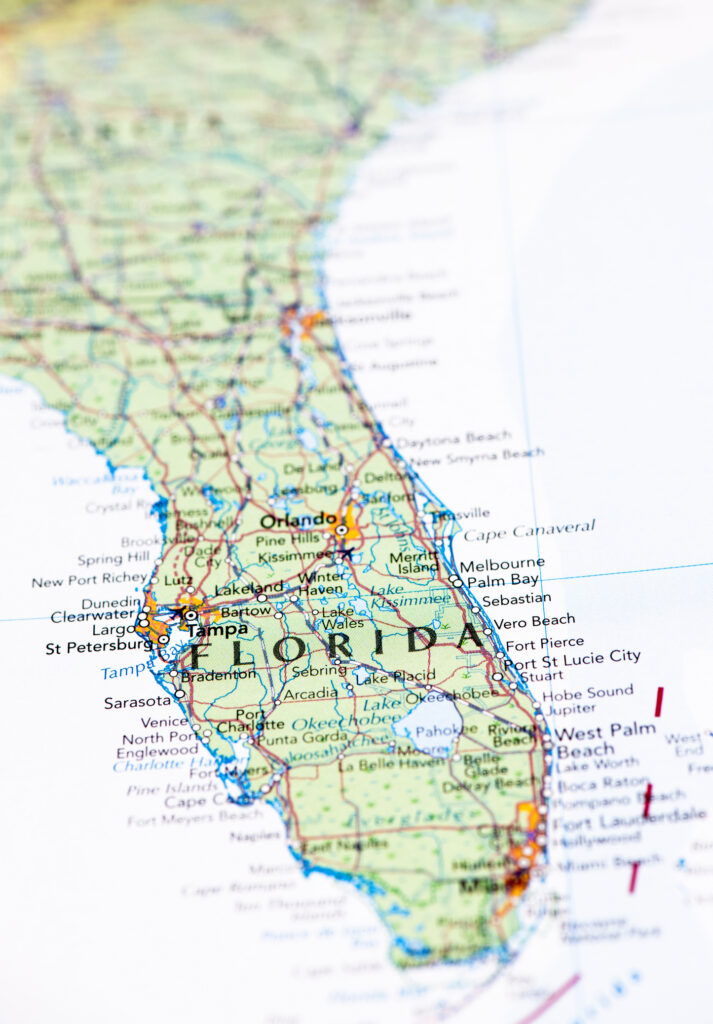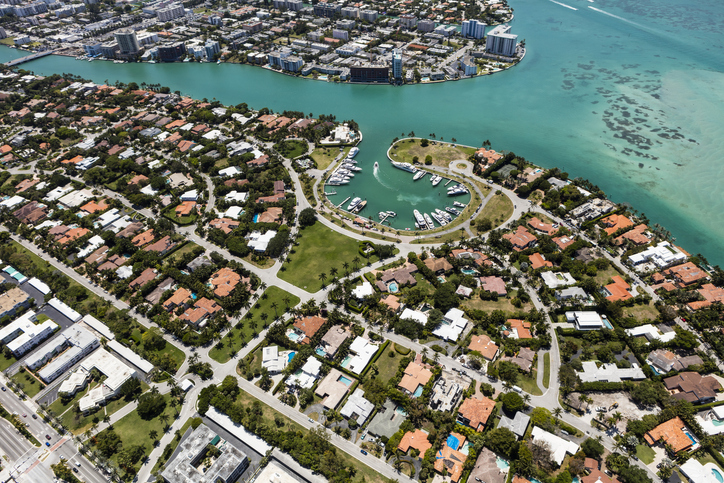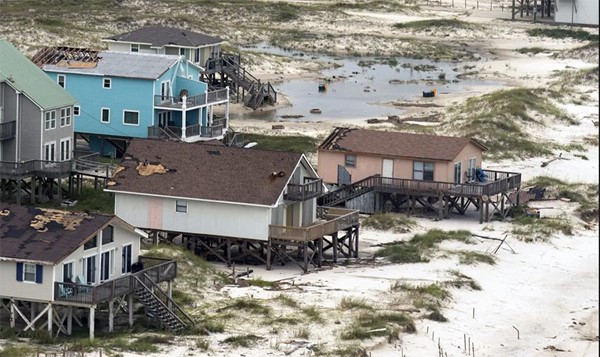
Rising natural disaster costs, increased home repair expenses, and legal system challenges have made homeowners’ insurance significantly less affordable across the United States over the past two decades, according to new research from the Insurance Research Council. The trend shows no signs of slowing.
The financial burden of protecting one’s home has grown substantially. With homeowners insurance expenditures growing much faster than incomes over the past two decades, American households now dedicate an increasing share of their income to insurance premiums.
In 2001, homeowners typically spent about 1.19 percent of their household income on insurance coverage. This figure climbed to 2.09 percent – a 75 percent increase – by 2022, the most recent available year’s data.
Projections of average premiums from the Insurance Information Institute suggest the trend will continue escalating, with estimates indicating households could spend 2.4 percent of their income on homeowners’ insurance by 2024 – the highest level recorded in more than two decades.
Wide variation by state
Utah emerged as the most affordable state in 2022, where residents spent only 1.00 percent of their income on homeowners’ insurance. Other states offering relative affordability included Oregon (1.09 percent), Alaska (1.23 percent), and Maryland (1.27 percent).
Louisiana ranked as the least affordable, with households dedicating 4.22 percent of their income to homeowners’ insurance. Disaster-prone states dominated the least-affordable rankings, with Florida (3.99 percent), Mississippi (3.87 percent), and Oklahoma (3.45 percent), following the Pelican State.
Multiple Cost Pressures
The affordability crisis stems from interconnected factors that have intensified pressure on insurance markets, according to IRC. Increased natural catastrophe risk represents a primary driver, with weather-related events becoming more frequent and severe.
Rising home construction and repair costs have compounded the challenge. Supply-chain disruptions have inflated material prices and extended project timelines, directly impacting claim settlements. When homes require repairs or replacement, insurers face significantly higher costs than in previous years, necessitating premium adjustments to maintain financial stability.
Population migration patterns have exacerbated risk concentrations, with more Americans moving to areas susceptible to natural disasters, the report noted. Coastal regions prone to hurricanes, wildfire-vulnerable areas, and tornado-prone territories have seen increased development, creating larger pools of exposed properties that insurers must protect.
Litigation has added another layer of complexity. Insurance companies report challenges with fraud, excessive claims, and legal system abuse following catastrophic events. The expense index – measuring what insurers spend to process, investigate, and litigate claims as a percentage of incurred losses – varies significantly across states, with litigation rates affecting overall costs.



